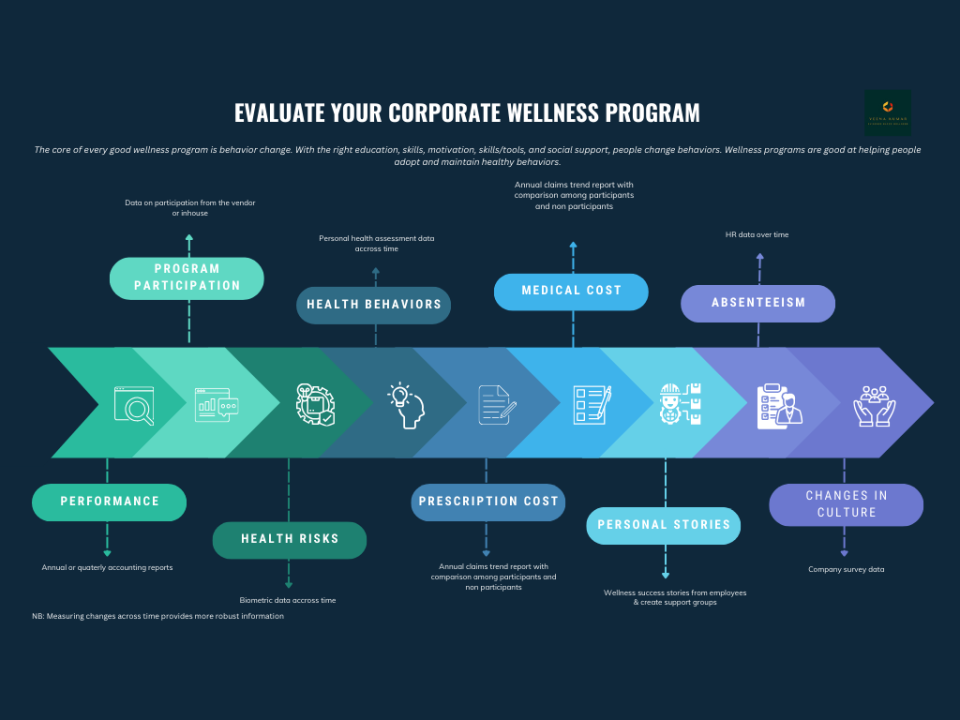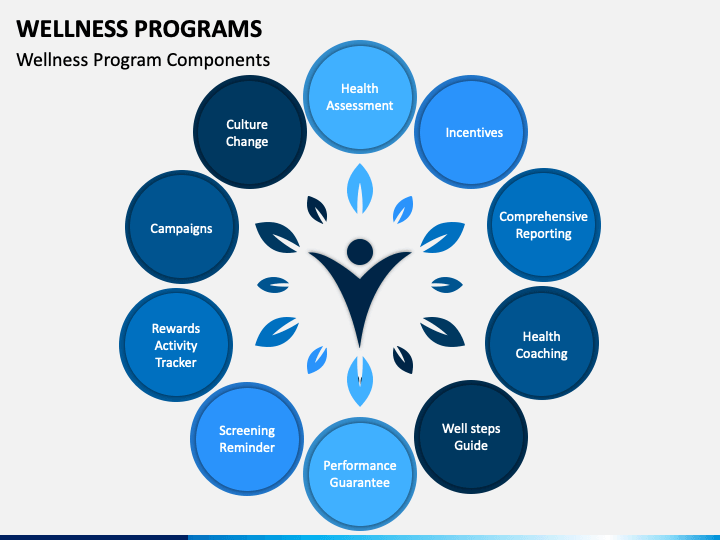
Student wellness programming
Discussing contemporary approaches to learning, scholars determine that student wellness programming should not be considered add-ons to teaching and learning activities but should instead be viewed as the primary foundation of success and learners’ well-being initiatives( Collaborative School Strategies ). Such programs equip student to enable them to succeed academically and socially in their respective schools and future endeavors. From the perspective of vital physical fitness and psychological functioning to help students overcome their study-related problems, wellness programs address all these domains of student life fostering a comprehensive approach to education.
What Exactly are Student Wellness Programs?
It refers to programs that have been instituted that aim at making students healthy both physically, mentally as well as emotionally. Such programmes target on establishing balanced and supportive conditions whereby the students could easily adopt right healthy habits in tackling their level of stress. Many of them entail exercises such as physical education, counseling, nutritionists, and stress control mechanisms that may suit the many students’ needs.
Student Wellness Programs: Major Characteristics
- Physical Health Initiatives
Physical health is the most basic yet the most important aspect of a wellness program. It enhances not only the physical system but also mental health which enhances students’ concentration and energy levels due to involvement in regular physical activities. For example: organizing a “fitness week” when students will be able to try such classes as yoga, dancing, sports on the field, etc. – to achieve durable physical well-being. - Mental Health Support
Similarly, the emotional well-being of the students is as important as the physical well-being of the students. Most of today’s wellness programs contain mental health features like counseling services, mental health notice and education, and peer support. - Students emotional intelligence
When wellness activities incorporate emotional resilience, then schools prepare children to face failure, stress as well as peer pressure. An example could be developing the concept of a workshop conducted before exams to prevent a student’s distress. - Facilitating Social Relations
Promotion of wellness includes the provision of chances for students to undertake group social, formation of peer teams, and making of friends. Students can earn teamwork or community service that allows them to learn more about cooperation and how to show compassion towards other people. Schools could fix up, for instance, social clubs whereby learners touch on this issue from different schools. - The Foundation and Promotion of Health
Wellness programs also aim to educate students regarding the selection of appropriate/healthful lifestyles. Examples include nutrition, administration of sleep, and substance abuse. Health-related clubs meet at schools, give special emphasis to health fairs, invite guest speakers, and disseminate literature.
Look video for more information and easy to understand this topic
Mental Health Initiatives: The Advantages of Student Wellness Programs
- Enhanced Academic Performance
Research has found out that learners who are often in good health, both physically and psychologically, have better grades in class. PTA signifies wellness programs enables minimize stress and enhance concentration and energy level which is enhancement in the classroom learning. - Improved Physical Health
Members of wellness programs are active and this assists the student physically in many ways.*-promotes physical activity It can help prevent obesity and other health related disorders, promote more vibrant heart health, and boost the body’s immune systems. These habits, if developed right from students they, tend to practice them up to their adulthood since they are healthy.
Improving Mental health and emotional intelligence
The psychological advantages of wellness institutes are huge and cannot be explained in words. Mental health is significant in student’s lives since Counseling enables them to address issues like anxiety, depression among others. The findings show that students who feel supported will remain in school, and perform well academically.
- Stronger Peer Relationships
Wellness programs promote students and other individuals and create social relations elements. Considering the principal goal of defining and providing methods for cultivating social skills that are important for the working process the proposed set of group activities can be described as useful and effective as they allow learners to practice meaningful and creative collaboration, communication, problem-solving, and decision-making skills both with their peers and me as a teacher. The result is closer peer relationships and improved school climate. - Reduced Behavioral Problems
Counselling services have an impact on the participants’ emotional responses and so fewer cases of aggression, bullying, or lethargy occur. Schools that embrace wellness programs have better results in students’ behavior and reduced cases of misbehavior.
Implementation Issues of the Student Wellness Programs
- Limited Funding
However, the main area of concern highlighted by their schools and colleges when they are implementing wellness programs is the issue of finances. Most institutions remain financially constrained, and wellness programs may not be deemed as being very necessary. However it is seen that such strategic initiatives yield long-term profitability, which warrants such investment. Grants are available for schools to partake in and get funding for such programs, and schools can also get support from their community members or companies through funding or donating equipment. - Mental Health Stigma
Unfortunately, high levels of mental health literacy are coupled with high levels of stigma, experienced by some students who may feel the need to seek help. This can be done through/schools, /campaigns, and /support groups. - Staff Training and Resources
The present and potential wellness models entail the service of professional personnel in the aspects of counseling, health education, and physical exercise. Most training institutions experience difficulties in the recruitment and retention of competent staff because of financial limitations. - Juggling of the Two: Wellness and Academics
As useful as these programs are, it can be difficult to work in such a way to promote both wellness programs and academic curricula. Schools have the responsibility of centralizing these activities in the organization of the school day to ensure that the children are taught everything they need without having to neglect their responsibilities of Wellness activities.
Conclusion
Health promotion is crucial in enhancing the delivery of health and well-being of students for balance and success. Consequently, the programs featuring physical health coupled with mental health and emotional stability enhance the overall school environment, and therefore students’ academic and social success. However, one has to agree with the fact that the rewards that students and the overall community of the school derive from wellness programs merit the efforts schools put in place to ensure the programs are implemented.






One thought on “Student Wellness Programs: Boosting Academic Achievement”